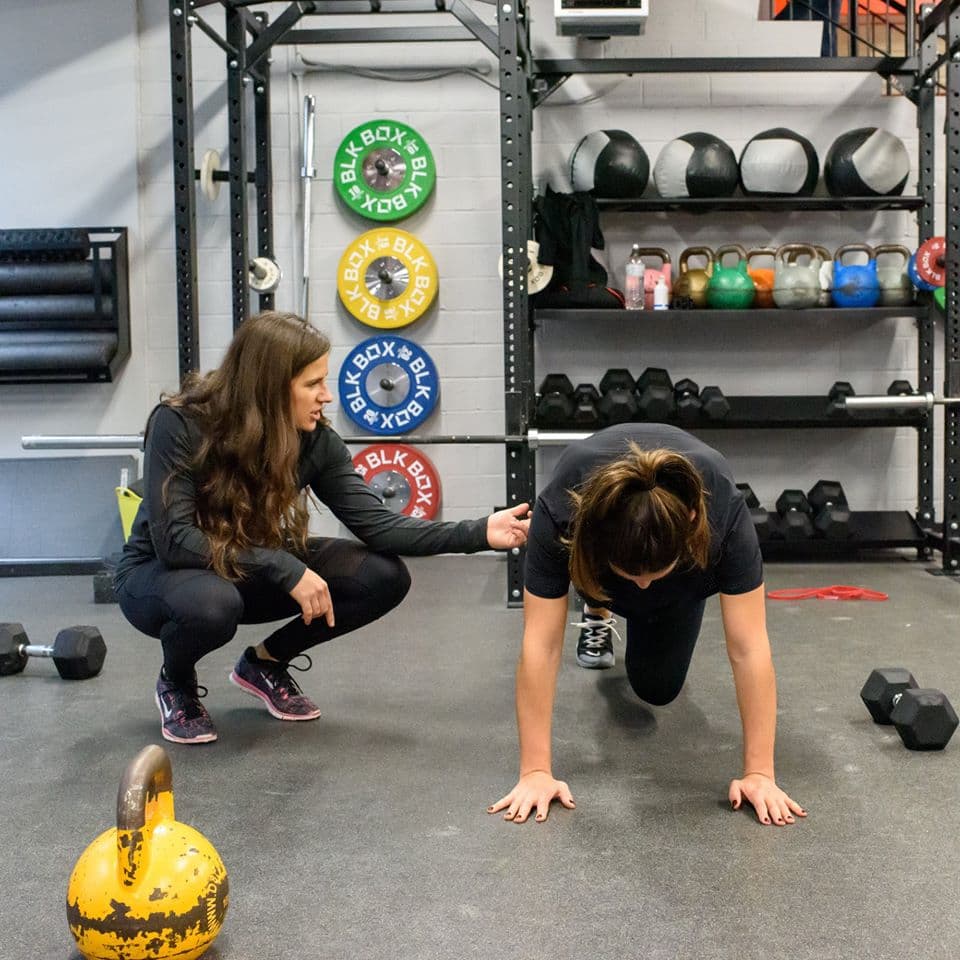When it comes to fat loss, not all cardio is created equal. Seeing people plodding along on the treadmill for hours, hoping to shed pounds, is as common as it is frustrating. It’s time to dispel the myth that slow, steady cardio alone is the best way to burn fat and reveal why higher-intensity workouts are a more effective and much less tedious path to achieving your fitness goals.
The Fat Oxidation Truth
It’s true that low-intensity steady-state (LISS) cardio, which includes activities like brisk walking or slow cycling, primarily uses fat as fuel. Because it taps into fat stores, many believe LISS is the golden ticket to fat loss. However, while LISS can benefit endurance athletes or those training for long-distance events, it simply doesn’t pack the fat-burning punch most of us need. For the average gym-goer or busy professional, high-intensity cardio offers a far more effective, efficient, and sustainable path to fat loss.
Burn More Calories, Burn More Fat
High-intensity interval training (HIIT) and other forms of intense exercise aren’t just about getting sweaty fast—they’re about maximising the “afterburn effect.” Known scientifically as Excess Post-Exercise Oxygen Consumption (EPOC), this afterburn effect means your body continues to burn calories long after you finish your workout. EPOC can make high-intensity cardio far more efficient at burning fat than the time spent on lower-intensity cardio.
For those with packed schedules, HIIT offers an advantage. A quick 20-minute HIIT session can torch more calories than an hour of LISS cardio, making it easier to fit into your day without sacrificing results. For example, try a workout of five 500-metre row sprints with one-minute rest intervals. This quick but intense approach makes you feel accomplished and optimises fat loss without the long, boring periods you’d spend on a treadmill.
-
Boosting Metabolic Rate
One of the most important benefits of high-intensity cardio is its ability to boost your resting metabolic rate (RMR). When you work at high intensities, your body adapts by increasing its calorie-burning capabilities, essential for consistent fat loss. You’ll burn more calories during your workout and throughout the day—even while sitting at your desk. This sustained metabolic boost means you’re not reliant solely on exercise time to burn calories; your body is consistently working towards your fat-loss goals.
-
High-Intensity Fat Burner
High-intensity cardio also triggers the release of growth hormone, a naturally occurring substance that helps with fat burning and muscle preservation. When growth hormone is elevated, your body burns fat more efficiently, particularly visceral fat (the deep fat around organs). This hormone also has anti-ageing benefits, which can help you stay leaner and fitter over the long term.
When Slow Cardio Has a Place in Your Routine
Although high-intensity training is the hero of fat-burning workouts, slow cardio can still be a part of a well-rounded fitness programme. LISS cardio is excellent for recovery, helping deliver oxygen and nutrients to muscles and aiding healing and performance during high-intensity sessions. A light jog, swim, or brisk walk can improve your base fitness level and endurance, allowing you to perform better during high-intensity workouts. Think of LISS as a way to support your overall fitness rather than your primary fat-loss tool.
Balancing Cardio Types for Maximum Results
Instead of spending endless hours on low-intensity cardio, aim to strike a balance. Incorporate high-intensity sessions for their calorie-torching and metabolism-boosting benefits, and use low-intensity cardio as a recovery tool to keep your body moving and encourage faster recovery. This combination allows you to get both benefits without feeling trapped on a treadmill or spending excessive time at the gym.
Finding Your Sweet Spot for Fat Loss
At Foundry, we encourage you to experiment with different cardio styles to discover what works best for your body and schedule. Finding your “cardio sweet spot” can mean varying your weekly routine with a mix of HIIT, moderate cardio, and the occasional LISS session. By keeping your workouts fresh and varied, you’ll avoid the common cardio pitfalls of burnout and boredom while staying consistent with your fat-loss goals.
Choose High-Intensity for Fat Loss, Embrace Low-Intensity for Recovery
When it comes to cardio for fat loss, high-intensity training reigns supreme. With benefits ranging from increased metabolic rate and growth hormone release to an efficient calorie burn, this approach clearly gives the most effective results. Low-intensity cardio still has its place, but use it strategically to complement your recovery and endurance rather than relying on it as your primary fat-loss strategy.
So, if you’re ready to say goodbye to slow, tedious cardio, embrace the power of high-intensity workouts and watch your progress soar. At Foundry, we’re here to support you with tailored fitness advice backed by results tailored to your goals. Here’s to a more effective, engaging, and efficient fat-loss path!
If you have any questions on the above or would like some advice on how we could help you with your fitness goal, don’t hesitate to visit one of our gyms in London and try one of our personal training classes.
Related Articles
- 28 Day Fat Loss Blueprint
- When To Do Cardio for Best Results
- Include These Principles in Your Fat Loss Programme
- Here’s Why You’re Struggling to Lose Fat (And What You Can Do About It)
- Interval Training for Fat Loss

